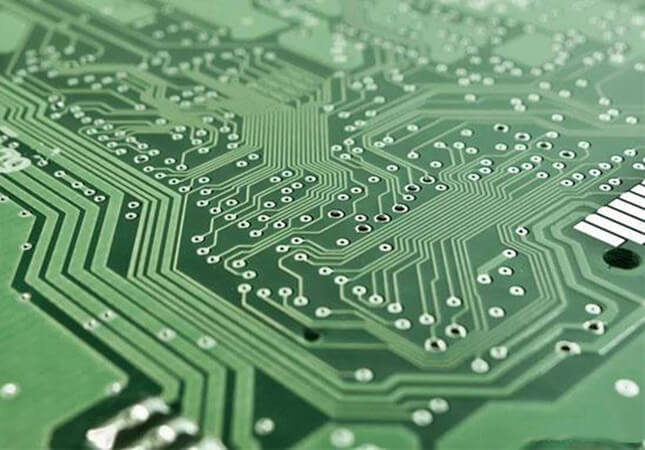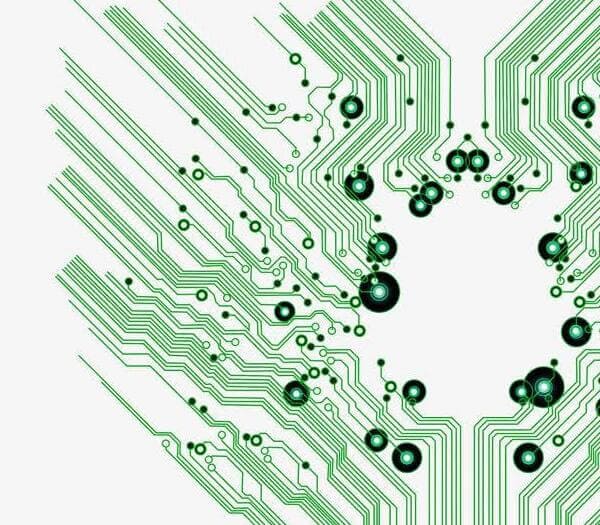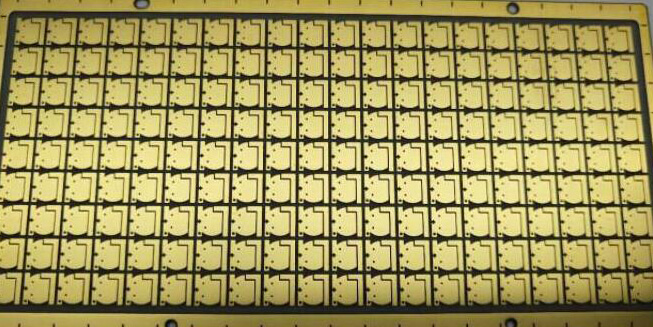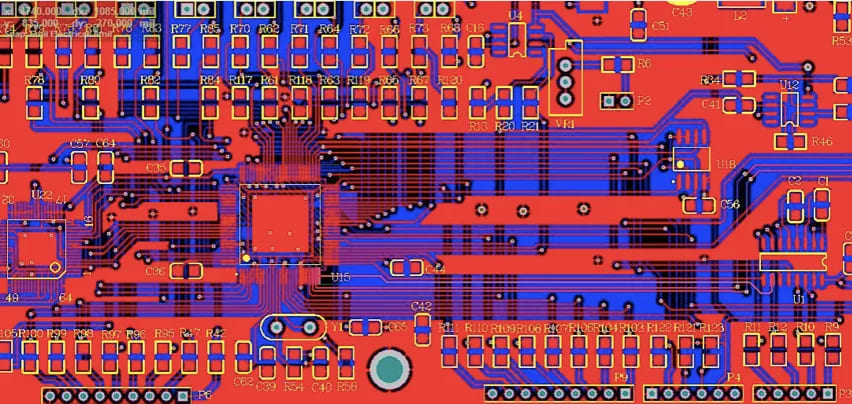Many engineers still have such problems after debugging PCB. Today, we summarize the steps of debugging. We can do this in this way and save many troubles.
Step 1: Detection Before Power On
After a circuit board is welded, while checking whether the circuit board can work normally, it is not usually directly supplied with power to the circuit board, but it is necessary to follow the following steps to ensure that no problem is found in each step before power on again.
- Is the connection correct?
Check the schematic diagram, the main place to check is whether the power supply and network node of the chip are correctly marked, and also pay attention to whether the network nodes overlap, which is the key point of the inspection. Another focus is on the packaging of the original. The model adopted by the package, the pin sequence of the package, and the top view cannot be used for sealing. Remember, especially for the non pin packaging.
Check the wiring, including wrong, less and multiple. There are usually two ways to look up lines:Check the installed lines according to the circuit diagrams, check the installed lines one by one according to the circuit wiring and in a certain sequence; According to the actual circuit comparison schematic diagram, check the line with the component as the center. Check the wiring of each element pin once and check whether each go is on the circuit diagram. In order to prevent errors, the checked wires should be marked on the circuit diagram. It is better to test the components and pins directly by using the buzzer with the ohmmeter block of the pointer multimeter, so that the poor wiring can be found at the same time. - Installation of components
Whether there is short circuit between pins and poor connection, the diode of multimeter can be used to detect and the probe is sliding on the circuit board for detection.
Whether the diode, triode, integrated device and electrolytic capacitance polarity are connected incorrectly.
Whether there is short circuit in power interface. Before commissioning, power supply is not powered on, short circuit of power supply will cause power burn and sometimes cause more serious consequences. It is a necessary step to measure the input impedance of the power supply with a multimeter. Before power on, disconnect a power cord and check the power supply end for short circuit to ground with a multimeter.
In the design, a 0 ohm resistance can be used as the debugging method in the power supply part. Before power on, do not weld the resistance. Check the voltage of the power supply is normal before welding the resistance on the PCB to supply power to the unit behind, so as to avoid the chip burning down the unit behind due to the abnormal voltage of the power supply. In the circuit design, the protective circuit is added, such as using recovery fuse and other elements.
Step 2: Power on Test
After the above-mentioned non power on test is completed, the power on test can be started.
- Power on observation
Do not rush to measure electrical indicators after power on, but observe whether there is abnormal phenomenon of circuit, such as smoke, smell, touch the outer package of integrated circuit, whether it is hot, etc. If there is any abnormal phenomenon, the power supply shall be turned off immediately and then powered on after troubleshooting. - Static commissioning
Static debugging generally refers to the DC test conducted without input signal or only fixed level signal. The potential of each point in the circuit can be measured by multimeter. By comparing with the theoretical estimation value and combining with the analysis of circuit principle, it can judge whether the DC working state of the circuit is normal or the components damaged or in critical working state are found in time. The DC working state of the circuit can meet the design requirements by changing the device or adjusting the circuit parameters. - Dynamic debugging
Dynamic debugging is carried out on the basis of static debugging. Add appropriate signals to the input end of the circuit, and detect the output signals of each test point in sequence according to the direction of signals. If abnormal phenomena are found, the causes shall be analyzed, and the faults shall be eliminated before commissioning until the requirements are met.
During the test, we should not observe by means of instruments, but not by feeling and impression. When using oscilloscope, it is better to put the signal input mode of oscilloscope in “DC” position. Through DC coupling, the AC and DC components of the measured signal can be observed simultaneously.
Through debugging, finally, check whether the various indexes of the function block and the whole machine (such as signal amplitude, waveform shape, phase relationship, gain, input impedance and output impedance) meet the design requirements. If necessary, further reasonable correction of circuit parameters is proposed.





